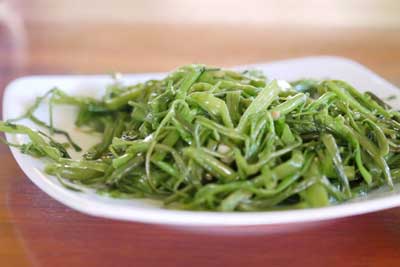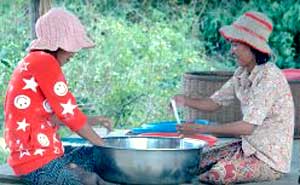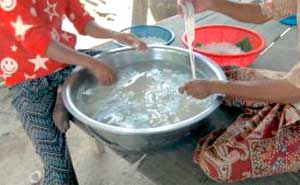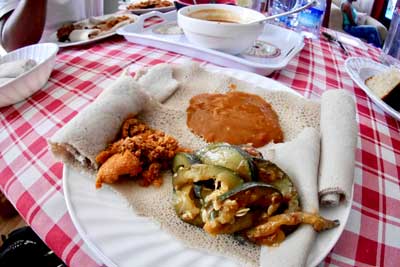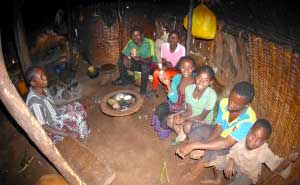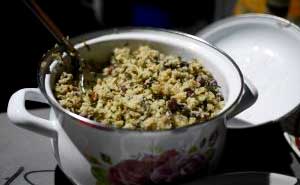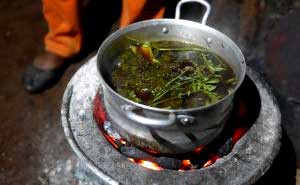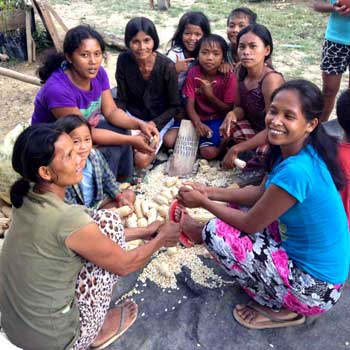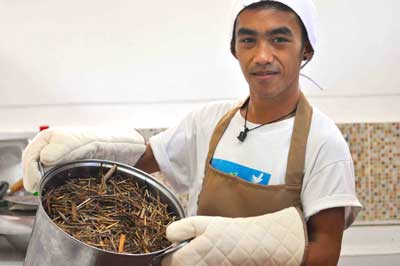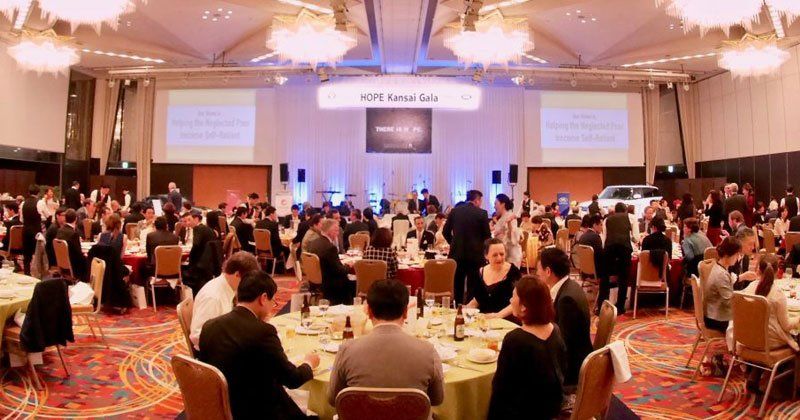Happy World Food Day!
HOPE-JP • October 13, 2017
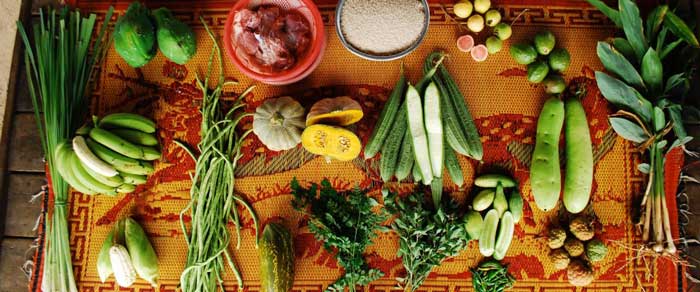
What do people eat in the countries that we work in?
As we celebrate today and work towards helping the world achieve "Zero Hunger by 2030" at HOPE as well, in this months newsletter we share some delicious information on the types of food eaten by our friends in Cambodia, Ethiopia and the Philippines.
Cambodia : Morning Glory and Rice Noodles
Morning glory is a staple in Cambodian Cooking. True to its name, this simple green leaf vegetable is pretty glorious no matter how it is cooked, and it grows reliably in the Cambodian climate.
Once families start home gardening after receiving a well, many include morning glory in their garden crops, as you can see Rai Han is doing in the photo.
Rice Noodles are also a local favourite, and as some of you may recall, Pahl and her daughter Sophea started a thriving local rice noodle business after they received a well. Using the clean water from their well to cook and wash their noodles, they are now famous for providing some of the best rice noodles in the area.
Ethiopia: Sweet Potatoes, Fosase, and Kietel Buna!
In Tsayte, where HOPE completed a water and sanitation program in 2016, injera - a sour crepe like bread that is is perhaps the most well known Ethiopian food - is actually not common. This is because it is considered a luxury to eat in the village, and locals eat sweet potatoes and fosase instead.
Fosase is a dish made of corn ground into fine powder, mixed with vegetables such as cabbage and beans. Shikuwarudenechu is the Ethiopian name for sweet potato and literally translated means "sugar potato". It is usually steamed, and while very simple, it is delicious.
One drink that HOPE-JP staff really struggle with is kerterbuna. This is made from local Ethiopian coffee, but the leaves, not the beans, are used. The tea like, green drink has a pungent smell and usually makes staff grimace before drinking!
One drink that HOPE-JP staff really struggle with is kerterbuna. This is made from local Ethiopian coffee, but the leaves, not the beans, are used. The tea like, green drink has a pungent smell and usually makes staff grimace before drinking!
The Philippines: Banana Chips, Banana Chips and Lemon Grass Tea
Sustainable agriculture and social entrepreneurship are two of the degrees offered to students of the Pamulaan Centre, the university for Indigenous Youth in the Philippines that we partner with. Students in Sustainable Agriculture learn how to grow staple crops, coffee, vegetables, fruits, and herbal plants for medicinal tea. These are cooked and eaten by the students together, and some of it is passed on to the Social Entrepreneurship students who are never short of ideas on products to sell. Popular items made from the student gardens are banana chips and lemon grass tea.
Filipinos are famous for their hospitality and enjoying food together is a big part of the culture. No matter what the time of the day, if you pay a visit to a family, food will be served.
The students of the Pamulaan Center come from impoverished Indigenous Communities. In these communities rice, while a staple in the Philippines, is a luxury and is substituted by corn that is resilient and does not require fertile soil to grow. But even in these communities, when a visitor comes, they will never draw back from the custom of showing warm hospitality. They cook precious chicken into a tasty stew with plates of rice, and as you the savour the meal as a visitor, you are filled with deep appreciation for their generosity.

